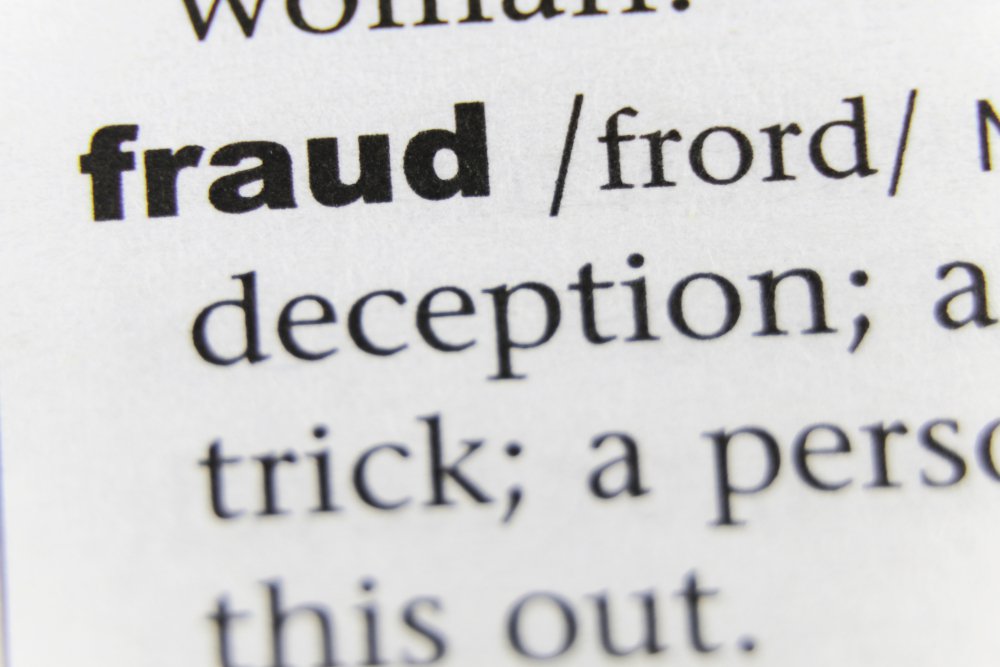Many companies operate under a misconception that their “all risk” insurance policies provide coverage for environmental claims. Despite the all-inclusive-sounding title, general liability and property insurance policies generally exclude losses resulting from the unexpected release of pollutants. Environmental insurance is designed to fill these gaps.
Environmental Insurance Industry
In 1980, Congress enacted the Superfund Law to deal with rampant and dangerous environmental hazards that were poisoning our lands and our citizens. The U.S. government then started to crack down on companies that were polluting the ground and air with hazardous waste. Companies were forced to undertake huge cleanup projects, resulting in gargantuan costs in addition to fines and penalties. During this time, companies sought coverage for these costs from their general liability insurance policies. This sparked a nationwide litigation war between corporate polluters and their insurers. Ultimately, insurance companies drafted exclusions preventing companies from accessing their insurance policies to cover pollution losses. As insurance companies came to better understand the risks attendant to polluted property, they started to issue environmental insurance policies to help companies manage their exposure stemming from environmental-related losses or damages. Today, the environmental insurance market is estimated at about $2 billion in annual premiums and is seeing double-digit growth.
What Environmental Insurance Covers
Environmental insurance typically protects against bodily injury and property damage claims resulting from pollution or contamination incidents, which can be sudden and accidental or gradual in nature. Policies also typically cover statutory clean-up requirements, business interruption losses and legal defense costs. Environmental insurance protects against risks associated with historic contamination or operational issues; these risks can include pollutants such as mold, asbestos, lead paint, Legionella and poor indoor air quality. Depending on the policy, coverage for losses due to specific pollutants, such as mold, may be offered as an optional endorsement.
Common Exclusions
In the wake of the pandemic, many environmental insurance companies have changed the language in their policies to explicitly exclude coverage for contamination from bacteria, viruses and communicable diseases. Other standard exclusions include intentional acts, terrorism, war, employer liability and product liability.
Types of Policies
There are different kinds of environmental liability policies. Contractors’ pollution policies protect against third-party claims arising from damages caused by polluting conditions in the operations of general contractors, as well as environmental and non-environmental trades. Site or premises policies cover claims arising from pollution releases at a specific location and may be purchased by property owners, property operators/managers, industrial facilities, warehouses, manufacturers, hospitals, retail enterprises and hospitality businesses, among others. There are also policies that combine environmental insurance with professional liability insurance, as well as more specialized insurance products for environmental contractors and companies/facilities with specific environmental risks.
Claims Made vs. Occurrence
Many environmental policies provide an “occurrence” or “claims made” option. An occurrence policy covers claims resulting from an event that occurred during the policy term. For instance, if you had a contractors’ pollution liability policy during 2020 only, and a claim is brought in 2021 by a third party alleging they were harmed due to a polluting event arising out of your operations in 2020, this will be covered, because the alleged polluting event happened during your coverage period. With a claims-made policy, however, it would not be covered, because this type of policy only covers claims that are made during the policy period.
Challenges with Environmental Claims
A good insurance agent will have a full understanding of how these policies protect their insureds and what generally will and will not be covered. Nonetheless, policyholders are often surprised to learn that a claim is not covered. In fact, claims made under environmental policies are often challenged or denied, with the insurance company disputing its liability based on a number of factors, including:
- Claims-made vs. occurrence
- Whether the polluting event was “environmental” in nature
- What constitutes “exposure”
- Whether “pollution” includes bacteria or viruses
- What events trigger coverage
If your insurance company has denied or is challenging your environmental insurance claim, call us for assistance. We have the experience and tenacity to make sure insurance companies keep their promises to you and your business.
Contact us today for a free consultation.
Evan S. Schwartz
Founder of Schwartz, Conroy & Hack
833-824-5350
[email protected]


